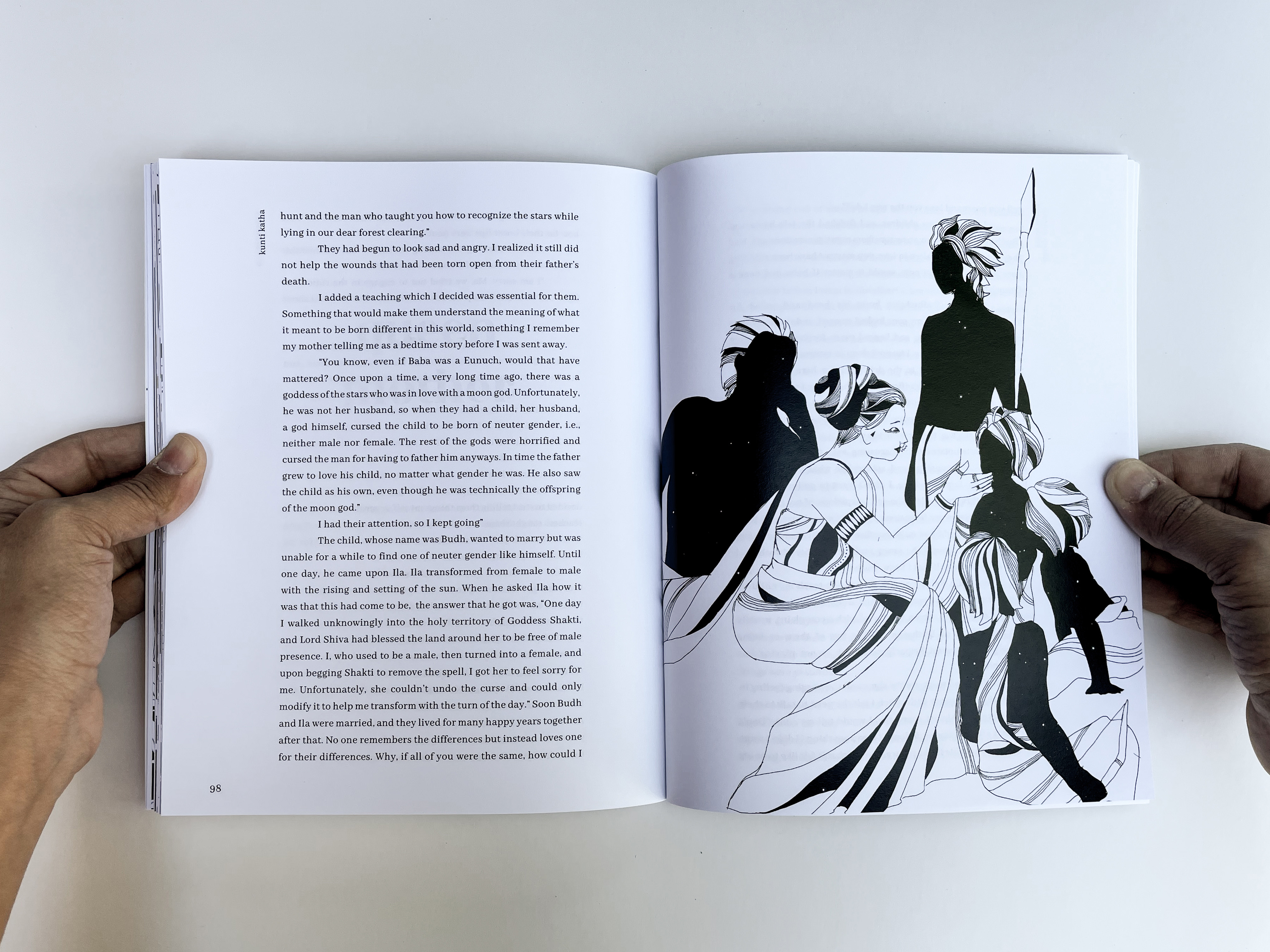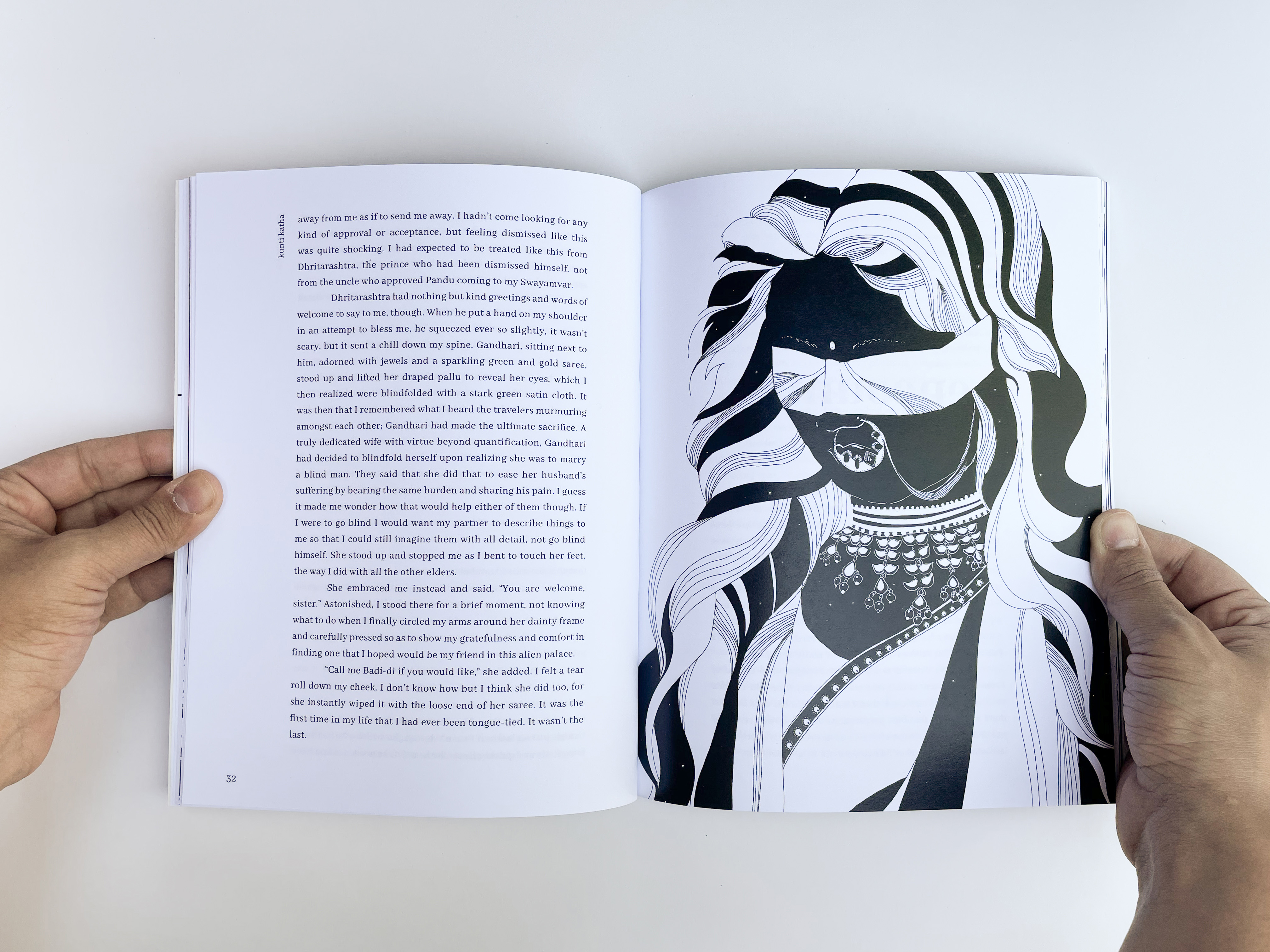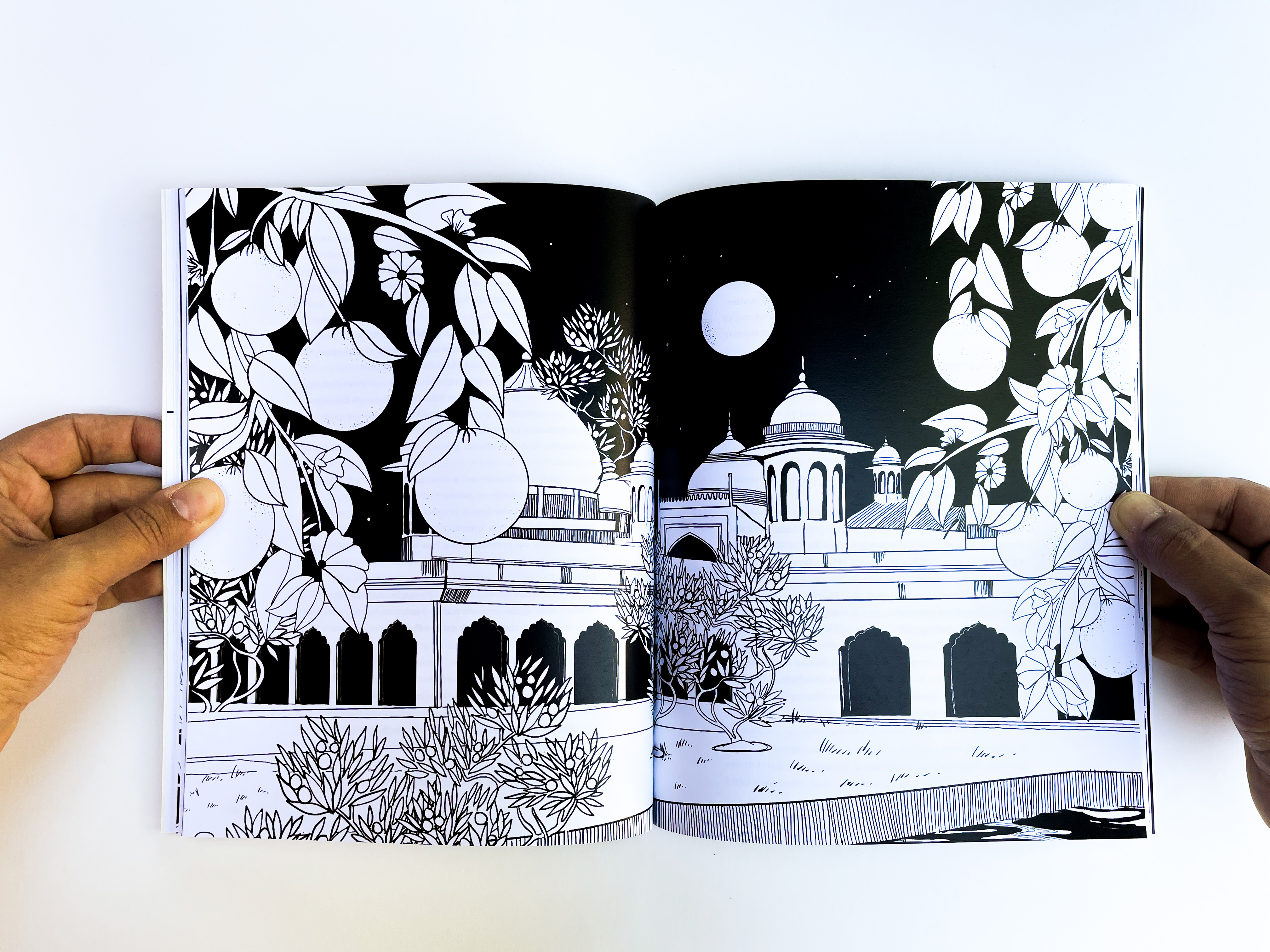To Slut - Explorations in the Gender of Language
Nimisha Singhal
Before we could even speak, we could see. Our physiological differences (sex organs), overall physical strength and reproductive processes that humans exhibit have enforced an extremely binary lens on how we view sexuality. Due to this, the female end of the biological spectrum became victim to rather aggressive language and linguistic patterns. This has led to the repression of sexuality in non-male genders. This thesis discusses the differences between individual sexualities and genders and the language that we use to talk about these differences. Words and images go together and so, by using design to reshape the way that we speak, think and visualize the expression of sexuality, by applying innovative image-making processes to help to create new word associations and deconstruct old ones, language can become a liberating method for communication and we can create a new, gender-friendly vocabulary, helping create a safer and more accessible space for expression and dialogue.
The Sex Lexicon
The Sex Lexicon is a visual collection of the most commonly used sexualized terms. It aims to expose how sexuality is almost always related to aggression and abusive language and how each of these terms can be associated with the female gender. The imagery in this work was found by searching the term such as “slut” + “gif” on Google images. The sounds were collected exclusively from Oxford dictionary and the definitions were collected from Oxford dictionary, Urban dictionary and Wiktionary, depending upon whichever was most applicable.
Kunti Katha
Exploring Sex-Positivity and Sex-Positive language, I decided to deconstruct the word ‘Cunt.’ Cunt is the only word in the English language that refers to the entirety of the female genitalia; it is what humans are born of, yet it exists as a curse word. To reconfigure and create new word associations for the word cunt through stories, I retold a rendition of the Mahabharat, a famous Hindu Mythology, from the perspective of the character Kunti, one of the debated origins for the word cunt.
A central female character in the mythos, Kunti was the mother of the heroes of the epic narrative, but she also gave birth to a son out of wedlock, for which she was immediately disgraced.

This son became the antihero of the epic while her other five sons, later born to her husband, became heroes of the tale. Each of these characters plays a significant and prominent role in the greater narrative of the war.

The epic surrounds a family clan that splits into two and ends up going to war over the heritage of the land, a war in which they say millions of lives were lost. I wanted to explore the character of Kunti, embrace and shed light upon her feminine and nurturing nature.

I told the story through her eyes and used gender as a focal point because, in addition to Kunti’s great matriarchal tale, the Mahabharat itself is sprinkled with infinite tales of gender fluidity and gender transformation. I also used her voice to tell the story of the other women in this tale whose stories are equally important to the male figures, such as Gandhari, the blind queen.

Kunti Katha attempts to reclaim ‘Cunt’ while highlighting the nuanced role gender plays in the Mahabharat. It does this by repeating, redefining, and reproposing language regarding sexuality and questioning the way it is used and looked at.